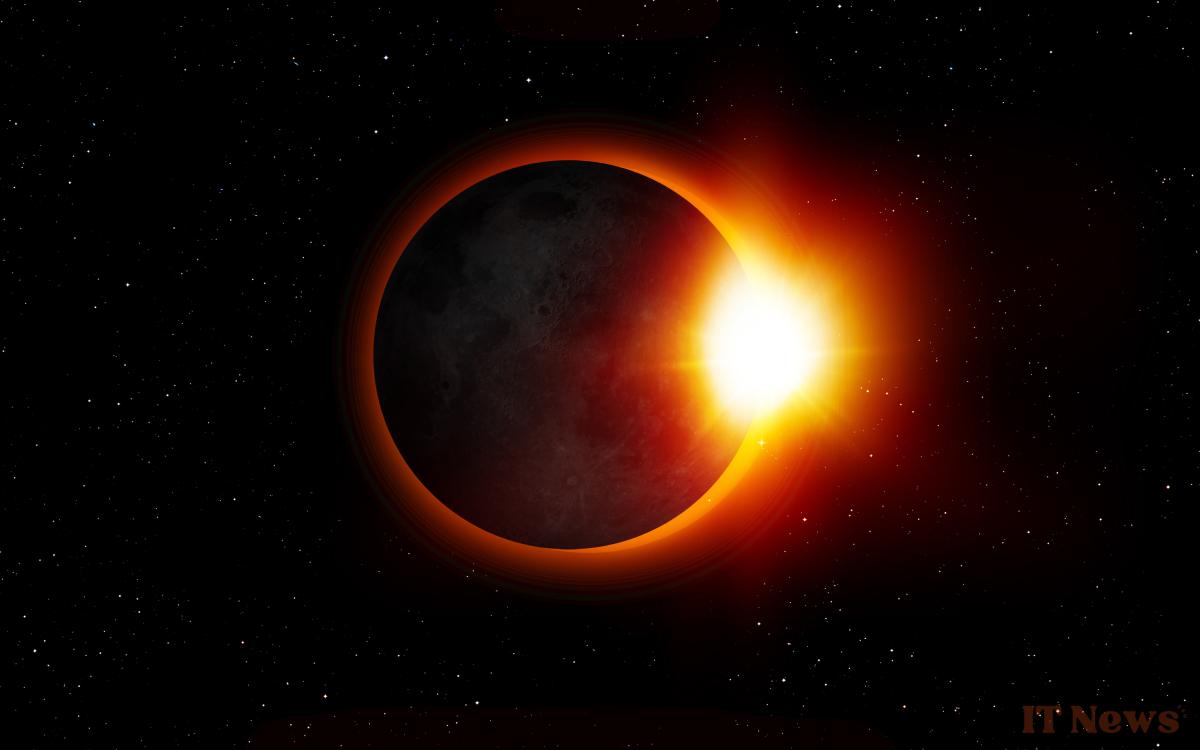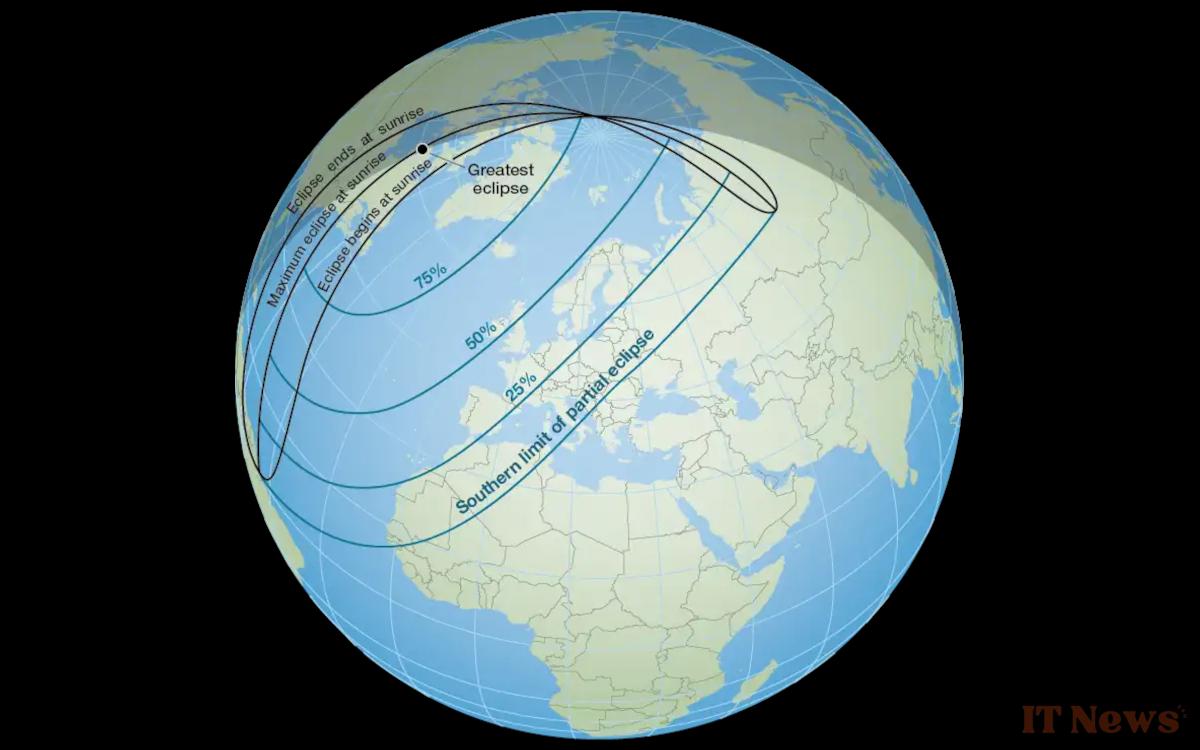On March 29, a fascinating astronomical spectacle will be visible across much of France. For nearly two hours, the Moon will obscure part of the Sun, transforming our star into a luminous crescent. Find out at what time and from which cities the eclipse will be most impressive and how to observe it safely.
Solar eclipses are rare phenomena that attract the attention of astronomy enthusiasts, but also the general public. When they occur, the Moon passes in front of the Sun and blocks part of its light, creating a unique spectacle. Unlike total eclipses, where our star disappears completely for a few minutes, this partial eclipse will leave part of the star visible, forming a magnificent luminous crescent in the sky.
On Saturday, March 29, a partial eclipse will be observable throughout France, with a more marked occultation in the west of the country. In Brest, up to 32.5% of the Sun will be hidden, while in In Paris, this figure will drop to 23.5%. Further east, the intensity of the phenomenon will gradually decrease, with 16% occultation in Strasbourg and only 9.9% in Nice. The latter will take place between 10:57 a.m. and 12:56 p.m., depending on the region. Even if our star will never disappear completely, it will offer a striking spectacle to provided the weather is mild.
Western France will have a prime spot to observe the eclipse
The precise times vary depending on your location. In Brest, the eclipse will begin at 10:57, reach its peak at 11:59 and end at 12:52. In Paris, it will begin at 11:08, peak at 12:01 and end at 12:56. In Marseille, it will be visible between 11:11 and 12:42. The best observation point in France therefore remains the Atlantic coast, where the phenomenon will be most marked. Those wishing to anticipate the event can consult the interactive map from the Institute of Celestial Mechanics and Ephemeris Calculation (IMCCE), which provides the exact times for each city.
Observing a solar eclipse requires certain precautions. It is imperative to use special glasses certified EN ISO 12312-2:2015 to avoid any risk to vision. Conventional sunglasses are not enough, and looking directly at the Sun, even when it is partially obscured, can cause serious and irreversible eye damage. Unlike a lunar eclipse, which can be safely observed with the naked eye, a solar eclipse exposes the eyes to dangerous invisible radiation, particularly in the ultraviolet and infrared spectrums.





0 Comments